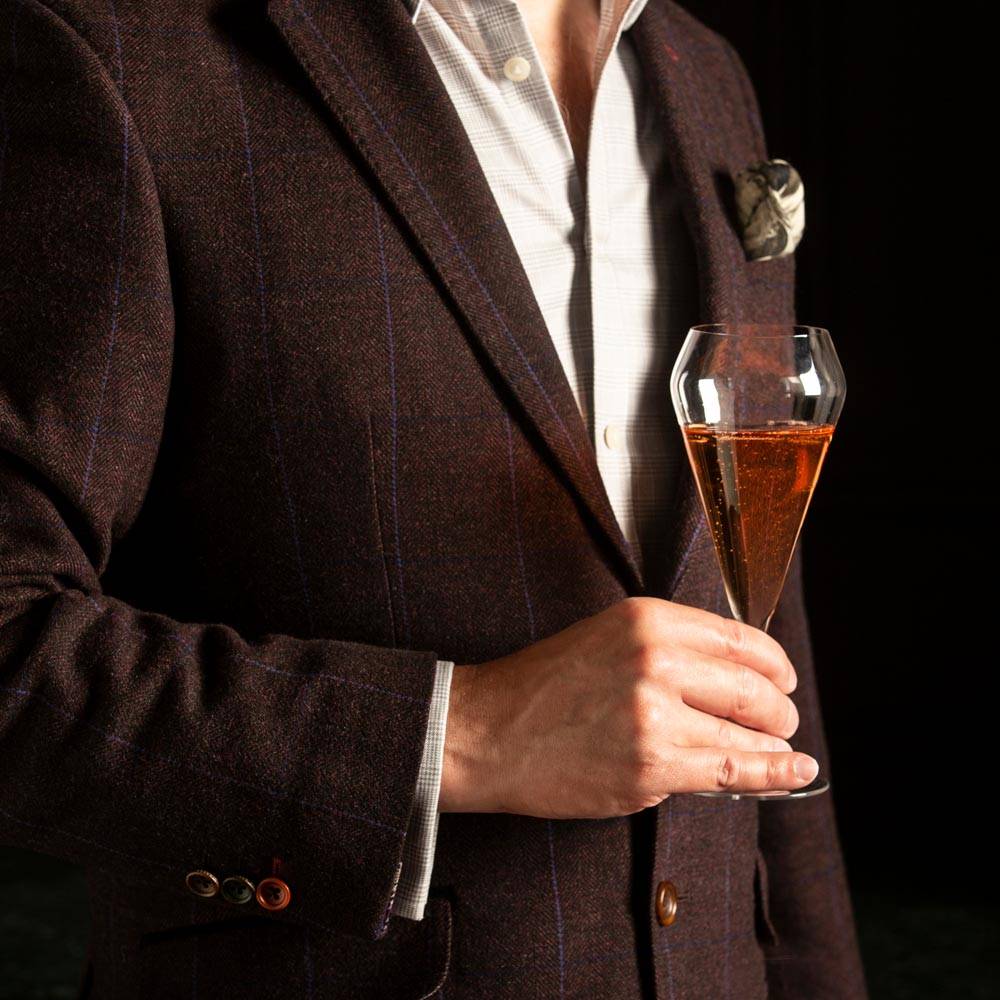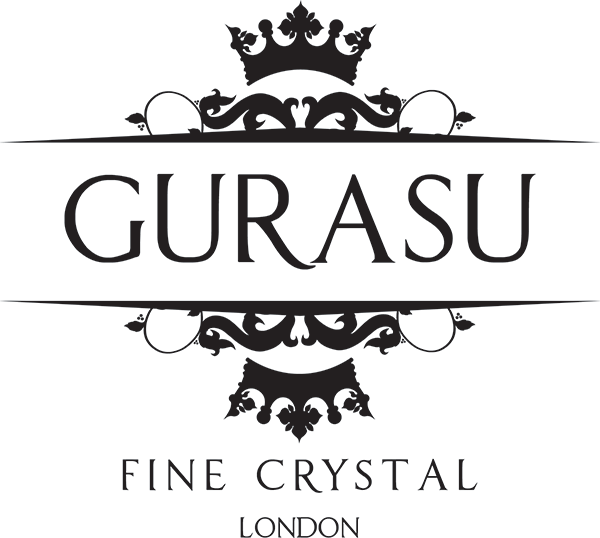Do Champagne Glass Really Make a Difference?
- Posted on
- By Joanna Maya
- Posted in champagne flutes, champagne glasses, sparkling wine glass

We have attended glamorous parties where we have been served fabulous champagne in the most ordinary glasses.
We have also been to evening events where crystal champagne flutes were polished to perfection, laced with raspberries and filled with the best of champagne.
Yes… the subsequent looked fantastic and made you feel special. Still, some of my friends ask me if proper crystal champagne glasses are necessary. When the cork is popped and years of delicate aromas and flavours are released, does it really make a difference what glass you are using?
Here I look at three reasons why crystal champagne glasses really do make a difference, changing a dinner party from ordinary to opulent.
- They satisfy all of the senses.
A champagne bottle surrounded by an array of crystal glasses is an impressive theatrical display and can be a great opening visual for your guests on arrival. We all want our dinner parties to astound all of our guests' senses, from first sight through to the delicate taste, aromas, soft popping of bubbles and feel of a pristine glass.
Although crystal champagne flutes manage to satisfy all of these requirements, as well as adding sheer luxury and sophistication to an event at the same time, flues are not the ideal glass for sparkling wine either.
- Flutes are better than champagne coupes.
The coupe, or champagne saucer, rose to fame at the beginning of the 20thcentury and is one of the oldest designs of champagne glass still being used today. However, the design of the glass means that the bubbles (one of the most important elements of champagne) can be lost fairly quickly. Regardless, who doesn’t love the 1930’s Mr Gatsby look of a coupe glass? I have a good few of them in my cupboard.
Nevertheless, a champagne flute generate more bubbles which not only makes it more impressive visually but also means the fizzy taste explodes in the mouth. However, it has been shown that champagne flutes do not allow for much development of flavour in more complex, matured sparkling wines.
- They keep drinks colder.
The design of a champagne flute allows for drinks to be kept colder as the temperature within the room has less chance to affect the liquids inside. This isn't just true for champagne, but also sparkling wine, prosecco or cava. Guests want to be able to enjoy the luxury of their champagne, which means they don't want a flat, warm drink within minutes. However, the design of the flute doesn’t give any space for the nose to sense the aroma. It neither allows for swirling of wine without spilling. Most importantly, the angles on a flute are not wide enough to release the aromas from layers of wine.
- Why Digby Sparkling Wine Glass by Gurasu is the ideal glass for savouring fine sparkling wines?
After a period of two years, together with the award-winning English sparkling wine brand, Digby we launched the very first and unique glass devoted to English fizz. The shape of the glass is not coincidental. The glass with its short stem that evokes to classical Georgian design and very thin, yet strong wall was designed to be put in the dishwasher; The opening of the glass is wide enough for the nose; The curved shape created a micro world of sensory magic above the surface of the wine; It’s got versatile capacity of 125ml and 150ml. Finally, the wide surface of the glass allows for an elegant initiation of fine bubbles. All this makes for the perfect sparkling wine and champagne glass.
We decided to launch Digby glass during the masterclass so that our guests could taste the same wine from four different types of glassware: the flute, the humble ISO glass, the coupe and, of course, the Digby by Gurasu glass. For a comparative analysis of each glass head over to the article published by John Mobbs http://www.greatbritishwine.com/articles/the-glass-that-will-change-the-way-we-drink-english-wine/
Here are some testimonials from wine critics, and now, the Digby glass proud owners.
Vicky Ilankovan, Editor-in-Chief of Sated online magazine said: “What we found upon sampling Digby’s trophy-winning flagship, 2010 Vintage Reserve Brut from the new wine glass was that the wider rim meant that the aromas rose further, supercharging our olfactory perceptions and allowing us to get the most out of that initial sip. We also noted that we weren’t hitting our nose on the edge of the vessel whilst trying to get at those final drops, which was a nice bonus.
The glass feels elegant in the hand and, as naturally clumsy sorts (before being mixed with alcohol), we appreciated the curve at the top of the glass, which makes swilling decidedly less precarious.”
The reflections of John Mobbs from Great British Wines follow: “in practice, the shorter stem gives the glass a wonderful sense of balance. Not only does it feel just right in the hand, it feels a lot less fragile than your traditional flute, despite its super-light fine crystal construction. The straight, angular sides of the glass are designed to represent the angular energy of the English terroir. The curved ridge below the rim is designed to give the aroma space and allow, the bubbles to “doughnut” in the headspace.”
I very much hope that when you ask yourself what glass to use for your private or corporate event you will decide to serve in the right glass. Crystal champagne glasses really do make a difference when serving fine sparkling wines. For a glass that keeps the flavour and bubbles of fine wine while looking effortlessly luxurious, the Digby glass by Gurasu reigns supreme.






